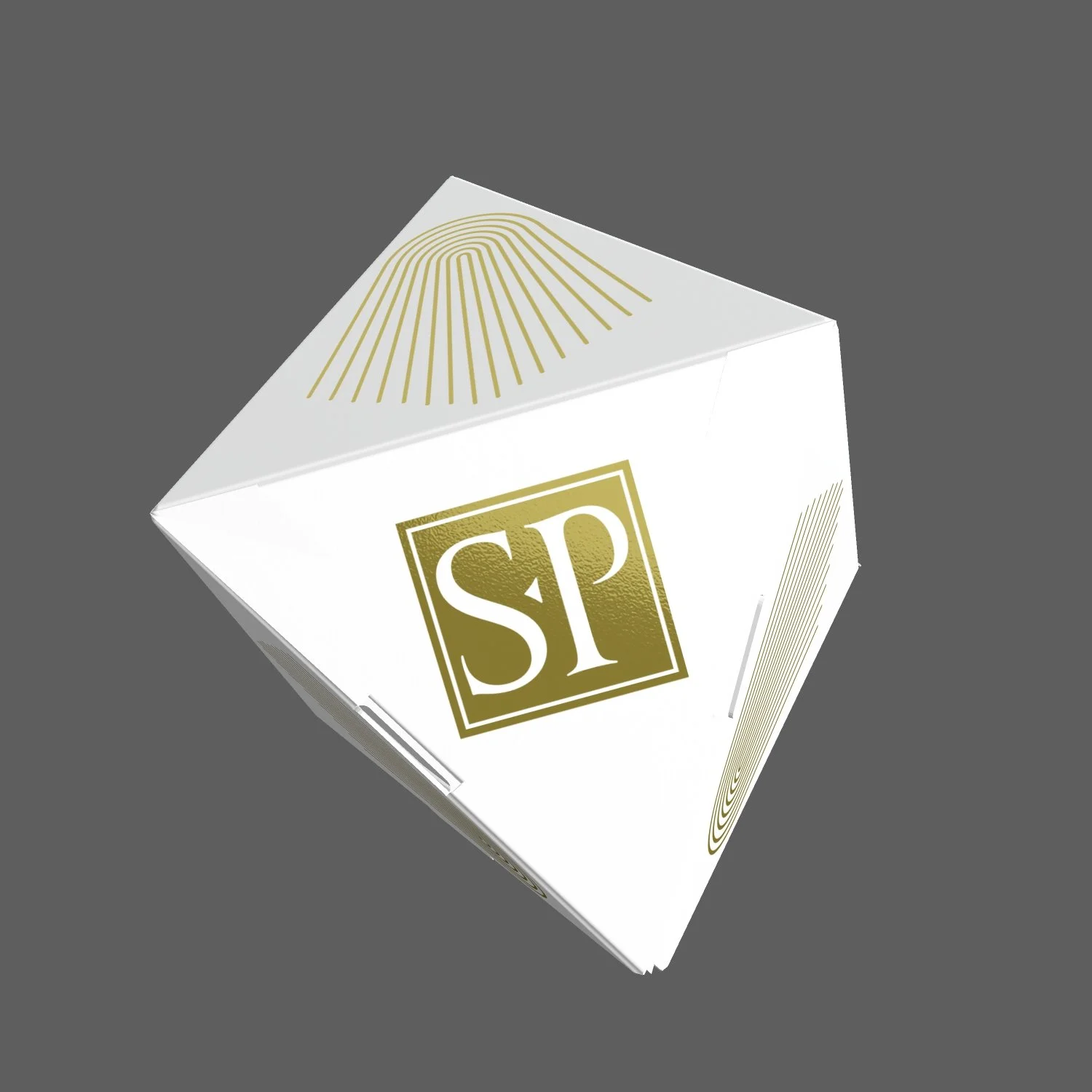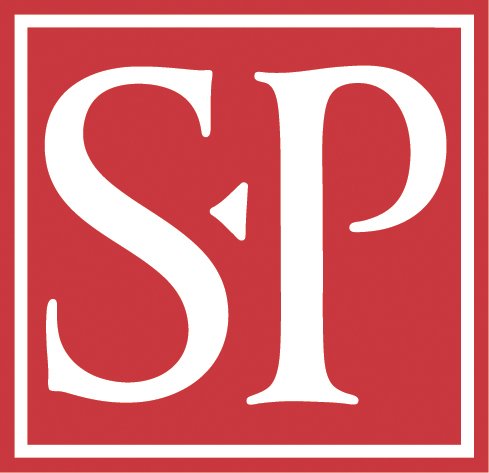
Kelli Anderson: Alphabet in Motion: How Letters Get Their Shape
For the past decade, Kelli Anderson has used paper engineering to seek out incredible possibilities hiding in print media. With no hidden parts, a piece of paper can act as a direct interface on sound, light, and time, making these abstractions tangible and accessible in a way that more black-box tech obscures. This is because these radically minimalist structures still behave in concert with the physical and social forces which structure our world. This talk will focus on these experiments—from using the risograph to print moving-ink animations to her new book on letterforms, Alphabet in Motion: How Letters Get Their Shape.
Graphic designer, educator, and author Kelli Anderson has been widely celebrated for her work in graphic design, pop up books and risograph animations. She is a two-time Cooper-Hewitt National Design Award nominee, was a fellow at both NYC's Center for Book Arts and San Francisco's Exploratorium, served as Adobe's inaugural creative resident, and was a 2025 Eames Institute honoree. Anderson's previous publications include This Book Is a Camera (MoMA, 2015)—which transforms into a working camera—and This Book Is a Planetarium (Chronicle, 2017), which has sold more than 100,000 copies worldwide in two languages. Her work has been praised by The Atlantic, The New York Times, The Today Show, Wired, and others. Her new book, published by Katherine Small Gallery, Alphabet in Motion, will be available in bookstores worldwide on November 18th.

Anne Bromer: Puzzling Perfection: Reminiscing about Edward Gorey
Annual Charles Rheault Lecture
The adjectives for Edward Gorey seem almost endless - visionary, gothic, frivolous, solitary, flamboyant, odd, and genius. I would add to these "generous" and "delightful."
I had the pleasure to work on five book-related projects with Gorey in the mid 1980s and 90s: two miniature books, two posters for Boston Antiquarian Book Fairs, and a cover drawing for one of Bromer Booksellers' catalogues. He was meticulous and exacting in his work ethic, and the results have enthralled millions.
Edward Gorey long ago became a cult figure with his sets for Masterpiece Theatre on PBS and his Tony award winning costumes for "Dracula" on Broadway. These, together with his swooning Victorian ladies and doomed toddlers, are now part of popular culture.
Anne Bromer and her husband David began Bromer Booksellers in the 1960s and were located in Copley Square for 45 years. Last year Anne closed the business, having traveled the world buying and selling rare books for sixty years. During the decades she met fascinating people, none more curious and special than Edward Gorey. Being welcomed into his world for more than a decade was an honor.

Jen Bervin: Small Fabric
It is difficult for a contemporary reader to conceive of machine-made paper as new technology, or of paper as a reincarnation of cloth, but in the poet Emily Dickinson’s lifetime—1830 to 1886, the embossed writing paper she used to compose poems and letters was quite literally cloth—highly-processed cotton and linen textile “rags” transformed by new papermaking technology into paper. As is often the case, the very small—the unseen fiber—connects to something larger just out of view. How many hands have touched this paper in all its forms—pulp, cloth, thread, plant, seed? What were the terms of those labors? What is a poem supported by? As the artist Vanessa German asks, "What is touching us back?" I want to question, make visible, and trace the local and global provenance and complex material history of Dickinson’s paper supports and surfaces.
Jen Bervin is a visual artist and poet whose multidisciplinary practice weaves together situated poetics and entangled relationships between text and textiles. Bervin’s conceptual, scientific, and literary investigations of material histories are attuned to the embodied, visual, and tactile aspects of language; these research-driven works frequently result from long-term collaborations with artists, scholars, and scientists. She is a 2025-2026 Fellow at the Radcliffe Institute for Advanced Study at Harvard University. https://www.jenbervin.com/

Pilgrimage to Superior Packaging and Finishing
For our fall pilgrimage, we will tour of Superior Packaging and Finishing, which operates from two buildings with 200,000 ft² of space and 200 staff. Superior specializes in custom solutions for programmatic clients by managing the complete food chain from website development, order capture, product manufacture, and delivery. They manufacture books, record sleeves, packaging, and specialty services with order sizes from 1 to millions.
The tour will include their pressroom with an HP large format 6-color latex press, two Indigo 15000 digital presses, a Landa S10 Nanopress (a full Kamori offset press with Landa inkjet technology enabling printing of 6500 unique sheets per hour at 1200 dpi and up to 7 colors), a Heidelberg 4-color Speedmaster, a Heidelberg 6-color Speedmaster, and a Heidelberg 10-color Speedmaster with roll feed printing at 18,000 sheets per hour. You will see their structural design lab where they create custom products for packaging and book applications, as well as the bindery with state of the art, cutting, folding with robotic stacking, die-cutting, in-line folding and gluing, saddle stitching, mechanical binding, spot UV and foil embellishment, foil stamping, Smyth sewing with robotic stacking, case making, perfect binding, hard cover casing-in, shrink wrapping and packing.
